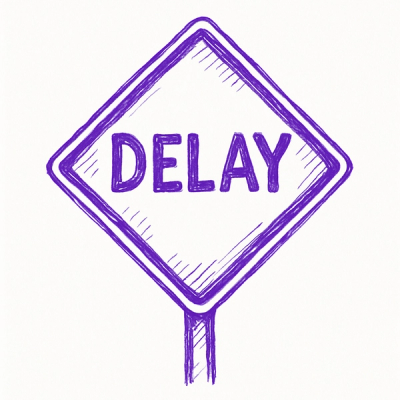
Research
/Security News
Popular Tinycolor npm Package Compromised in Supply Chain Attack Affecting 40+ Packages
Malicious update to @ctrl/tinycolor on npm is part of a supply-chain attack hitting 40+ packages across maintainers
@pankod/canvas2video
Advanced tools

@pankod/canvas2video is a backend solution for creating and rendering dynamic videos. It lets you build web canvas scenes by using the Cairo-backed fabric library and add animations with gsap. Your animation timeline will be rendered frame by frame and piped to ffmpeg renderer for the final video output.
📺 Personalized video advertising
🎞️ Programmatical customization of video templates
⛅ Creating dynamic videos with real-time data (See: Weather Example - Youtube)
To install the module, run the following in the command line:
npm install @pankod/canvas2video --save
or
yarn add @pankod/canvas2video
renderer expects a makeScene function where you create your canvas animation by using fabric and
gsap methods. It returns a stream of frames to be consumed by the encoder in the next step.
Below is a basic example of a one-second rotation animation of "Hello World" text. After rendering the animation and encoding the video, the output will be saved to output/hello-world.mp4.
import { renderer, encoder } from "@pankod/canvas2video";
const helloWorld = async () => {
const stream = await renderer({
silent: false,
width: 1920,
height: 1080,
fps: 30,
makeScene: (fabric, canvas, anim, compose) => {
const text = new fabric.Text("Hello world", {
left: 400,
top: 400,
fontSize: 100,
fill: "#f99339",
angle: 0,
});
canvas.add(text);
anim.to(text, {
duration: 1,
angle: 360,
ease: Power3.easeOut,
});
compose();
},
});
const output = await encoder({
silent: false,
frameStream: stream,
output: "output/hello-world.mp4",
fps: {
input: 30,
output: 30,
},
});
console.log("process done,", output.path);
};
You may refer the following documentations to learn how the construct your own makeScene methods:
You can optionally provide the encoder function a backgroundVideo object. In this case, your animation will be used as an overlay layer and merged with the background video. More information about the usage of background videos is given in the Options section.

You'll find two working demos int the examples folder folder of the project. Give them a try by following the steps below:
$ git clone https://github.com/pankod/canvas2video.git
$ cd examples
$ npm i
After this, you can run commands at the below then check examples/output directory:
$ npm run start:hello-world
$ npm run start:weather
| Properties | Type | Description |
|---|---|---|
| width *required | number | canvas width |
| height *required | number | canvas height |
| fps *required | number | animation fps |
| makeScene *required | function | See below |
The function takes 4 arguments(fabric, canvas, anim and compose) which is passed by the renderer function.
renderer({
/* .. */
makeScene: (fabric, canvas, anim, compose) => {
/**
* your code to create and manipulate your canvas
*/
},
});
| Parameter | Type | |
|---|---|---|
| fabric | fabric.js instance | Repo |
| canvas | fabric.StaticCanvas | Repo |
| anim | gsap.TimelineMax | Repo |
| compose | () => void |
| Properties | Type | Description |
|---|---|---|
| frameStream *required | Readable | renderer function return value |
| output *required | string | output file path |
| fps *required | Object | { input: number, output: number } |
| backgroundVideo | Object | See below |
backgroundVideo: {
videoPath: string, // your background video path
inSeconds: number, // video start time in seconds
outSeconds: number, // video end time in seconds
}
📌 Lottie animation support
📌 Thread & concurrency management
📌 Finer control over encoder settings
FAQs
canvas to video renderer
We found that @pankod/canvas2video demonstrated a not healthy version release cadence and project activity because the last version was released a year ago. It has 8 open source maintainers collaborating on the project.
Did you know?

Socket for GitHub automatically highlights issues in each pull request and monitors the health of all your open source dependencies. Discover the contents of your packages and block harmful activity before you install or update your dependencies.

Research
/Security News
Malicious update to @ctrl/tinycolor on npm is part of a supply-chain attack hitting 40+ packages across maintainers

Security News
pnpm's new minimumReleaseAge setting delays package updates to prevent supply chain attacks, with other tools like Taze and NCU following suit.

Security News
The Rust Security Response WG is warning of phishing emails from rustfoundation.dev targeting crates.io users.